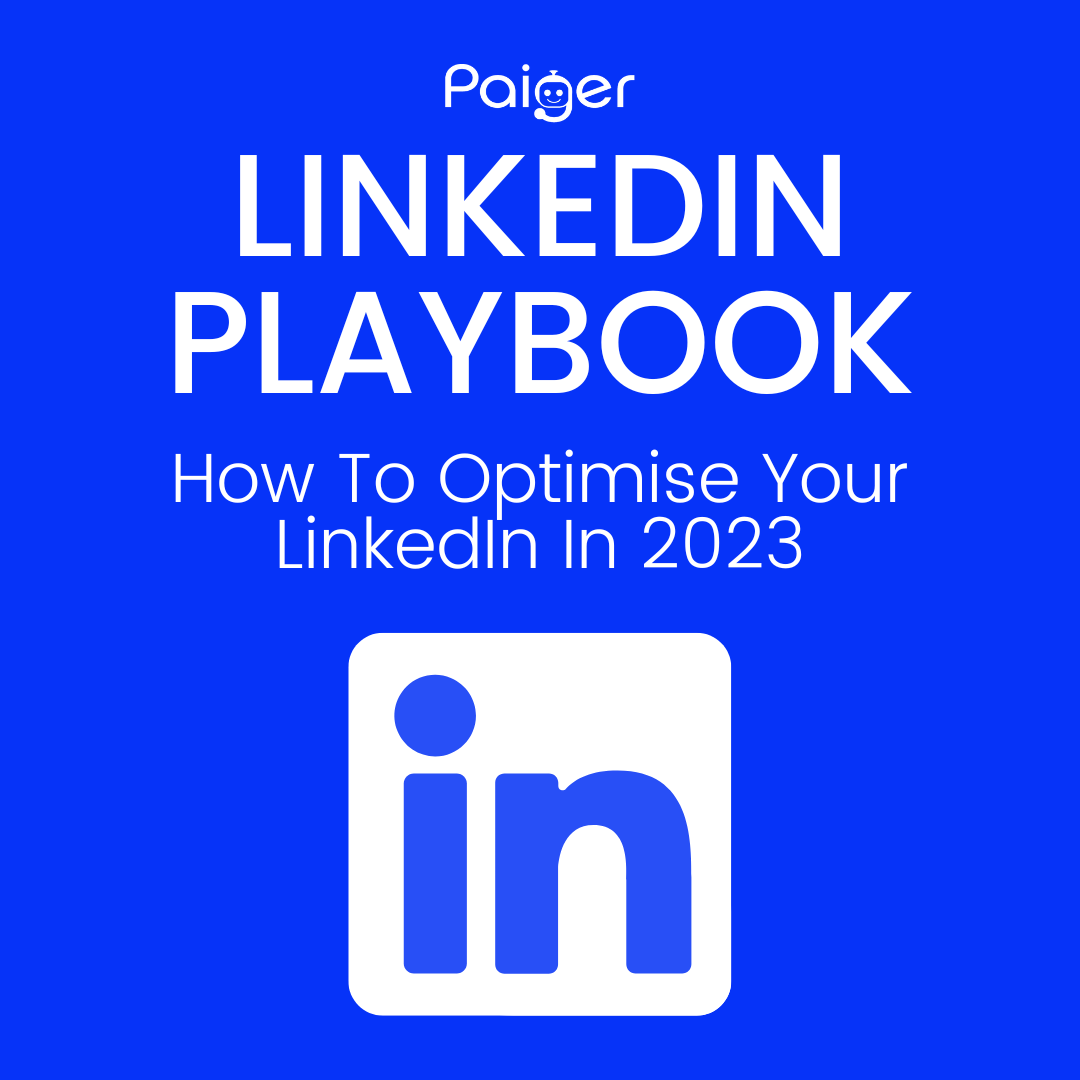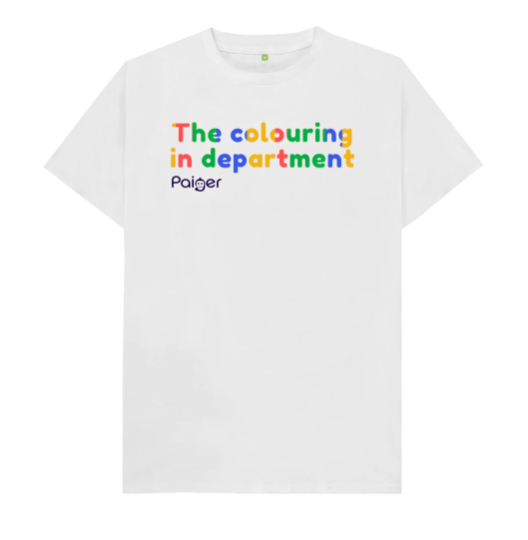What Should I Measure And How?

Recruitment companies, for the most part, are all over social media – both company pages and recruiters themselves are sharing posts on a daily basis to encourage interaction and engagement from their networks.
Understandably, LinkedIn is the most popular social media platform amongst recruiters, as not only is it a great tool to develop and manage a personal brand, but it’s also the perfect place to utilise your company page and share branded content.
However, there is a possibility that you may be posting blindly on LinkedIn and not knowing if what you’re sharing has been ‘successful’ or not. After all, what determines a social media post as successful, anyway?
What should I be measuring on LinkedIn?
1. Impressions
This is the number of feeds your post has reached, which can be based on the people in your network, hashtags and so on. For example, if you use #recruitment, it’s likely that this hashtag will be too broad to appear on the right people’s feeds. But, if you use something more specific such as #techrecruitment, #techjobs or #cybersecurityjobs, your impressions will likely increase based on reaching more of the right people. It’s also important to remember that LinkedIn regularly changes its algorithm, which can have an effect on your number of impressions. More on that here.
2. Reach
This is the number of people who saw your content. The best way to increase your reach is through better targeting and more shares from people in your network. If your reach is currently quite high but engagement in the form of likes, comments and so on is low, this could be a sign that your content is reaching the wrong audience. It may be worth revisiting your audience targeting, messaging and visuals to improve more metrics on top of your reach.
3. Likes and reactions
Although these can often be referred to as ‘vanity metrics’, it’s also worth keeping an eye on these numbers for an indication of what your current audience is responding well to. Although they’re not the most important metric to monitor, they can still be useful to track in combination with shares and comments to gain a better understanding of whether your content is landing with your audience or not. It’s also worth noting if posts receive more likes and reactions at a certain time of day, or on a certain weekday. Test if there is a pattern here and if your audience engages with your content more on Monday mornings compared to Wednesday afternoons, for example.
4. Shares
Although success on LinkedIn can’t strictly be determined by a specific metric, if your number of shares is consistently increasing, you’re definitely doing something right! Referrals go a long way in the world of recruitment, so regardless of the type of content being shared – whether it’s a blog, a video, a job advert or a testimonial – shares are a key element of LinkedIn analytics. The more people sharing your content with their networks, the greater your overall reach will be and the more likely you are to get interactions from potential candidates and clients.
5. Comments
The number of comments on your posts is one thing, and the type of comments you’re receiving is another. If, for example, you consistently receive positive comments from a diverse range of people in your target audience on LinkedIn, then the content you are sharing obviously has the right messaging and visuals. However, if there are recurring themes, questions or criticisms that keep cropping up in your LinkedIn comments, they will need to be addressed as soon as possible – not just left as a metric to measure.
6. Click-through-rate
Along with shares, your CTR is one of the most important LinkedIn metrics you can measure. If your audience isn’t clicking on the content you’re sharing to read more or continue their journey with a possible conversion on your website, this needs to be analysed. Are particular types of content getting the best CTR? Are certain posts receiving a notably low CTR? If so, this information can be used to dictate what types of content you’re sharing going forward.
7. Followers
Although this can also be classed as another ‘vanity metric’, as your number of followers isn’t the be-all and end-all, it’s worth monitoring for a couple of reasons. For example, if your follower count is either consistently growing or consistently decreasing, it is worth reviewing the content you’re sharing and if you’re targeting the right people. And, more importantly, if you notice your follower count significantly increase or drop after sharing a specific type of content, this is worth factoring into your content schedule going forward. Continue with what resonates well, and avoid what your target audience doesn’t respond well to.
8. Engagement rate
This is a much more valuable metric to measure in comparison to your number of followers. Your engagement rate helps you to monitor the quality of your followers – for example, if you have a large number of followers but a noticeably low engagement rate, this means that something needs to change in regards to either the content you’re sharing, or the people you’re targeting. Trial and error is the best way to improve your engagement rate – see what has the best engagement rate over your last few months of posts on LinkedIn, and add more of this content into your schedule. If your engagement rate continues to increase, you’re onto a winner.
Get in touch
Did you know that Paiger offers auto job posting, content curation and social media scheduling as just a few of our products? If you are looking to improve your LinkedIn metrics and want to find out more about how we can help, book a demo.
Recent Posts
Categories
Check this out
2023 updates and tips to get the maximum reach of your posts
Passive Aggressive Marketing T-Shirts, All For Charity
Learn how a startup is tackling marketing
Featured Posts
Resilience and risk-taking in recruitment: a conversation with Will Pearce
Paiger acquires The Lonely Marketers
The power of the personal brand in recruitment
Archives
- September 2023
- June 2023
- May 2023
- April 2023
- March 2023
- February 2023
- January 2023
- December 2022
- November 2022
- October 2022
- September 2022
- August 2022
- July 2022
- June 2022
- May 2022
- April 2022
- March 2022
- February 2022
- January 2022
- December 2021
- November 2021
- October 2021
- September 2021
- August 2021
- July 2021
- June 2021
- May 2021
- April 2021
- March 2021
- February 2021
- January 2021
- December 2020
- November 2020









